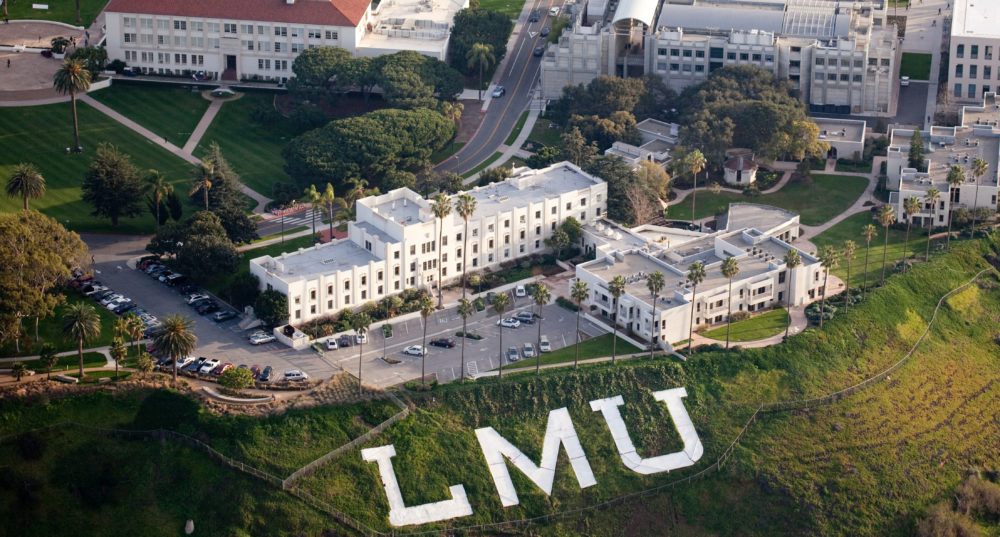UNIVERSITY BULLETINS | Student Health Services (SHS) shares this community advisory for informational and awareness purposes only.
The Centers for Disease Control and Prevention (CDC) is providing: 1) background information on the forms of e-cigarette products, 2) information on the multi-state outbreak of severe pulmonary disease associated with using e-cigarette products (devices, liquids, refill pods, and cartridges), and 3) clinical features of patients with severe pulmonary disease. This health advisory also provides recommendations for clinicians, public health officials, and the public based on currently available information.
As of Aug. 27, 2019, 215 possible cases have been reported from 25 states and additional reports of pulmonary illness are under investigation. One patient (in Illinois) with a history of recent e-cigarette use was hospitalized with severe pulmonary disease and subsequently died. Although the etiology of e-cigarette-associated pulmonary disease is undetermined, epidemiologic investigations in affected states are ongoing to better characterize the exposures, demographic, clinical, and laboratory features and behaviors of patients. All patients have reported using e-cigarette products. The exact number is currently unknown, but many patients have reported using e-cigarettes containing cannabinoid products such as THC or CBD.
Based on reports from several states, patients have experienced respiratory symptoms (cough, shortness of breath, or chest pain), and some have also experienced gastrointestinal symptoms (nausea, vomiting, or diarrhea) or non-specific constitutional symptoms (fatigue, fever, or weight loss). Symptoms typically develop over a period of days but sometimes can manifest over several weeks. Gastrointestinal symptoms sometimes preceded respiratory symptoms. Fever, tachycardia, and elevated white blood cell count have been reported in the absence of an identifiable infectious disease. Many patients have sought initial care in ambulatory settings, some with several visits, before hospital admission.
Radiologic findings have varied and are not present in all patients upon initial presentation. Bilateral pulmonary infiltrates and diffuse ground-glass opacities have been reported. Many patients required supplemental oxygen, some required assisted ventilation and oxygenation, and some were intubated. Some patients have been treated with corticosteroids with demonstrated improvement. Antimicrobial therapy alone has not consistently been associated with clinical improvement. Assessment for infectious etiologies has been completed in many patients without an identified infectious cause. Several patients from one state have been diagnosed with lipoid pneumonia based on clinical presentation and detection of lipids within bronchoalveolar lavage samples stained specifically to detect oil.
All patients have reported using e-cigarette products and the symptom onset has ranged from a few days to several weeks after e-cigarette use. Within two states, recent inhalation of cannabinoid products, THC or cannabidiol, have been reported in many of the patients. To date, no single substance or e-cigarette product has been consistently associated with illness. CDC is working closely with state health departments to facilitate collecting product specimens for testing at the U.S. FDA Forensic Chemistry Center.
For the full CDC advisory, click here.




